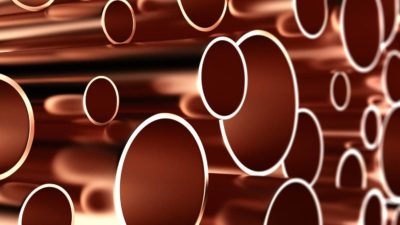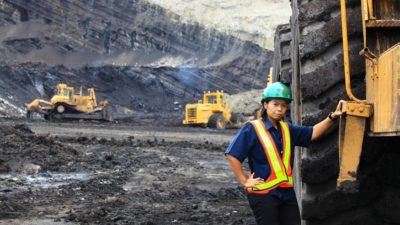Is the BHP Group Ltd (ASX: BHP) share price a buy right now? Over the last month it has been as high as $48 and also below $45.
The resources giant is also exactly where it was after it reported a couple of months ago.
FY21 half-year result
BHP reported a mixed set of numbers for the first six months of FY21.
The statutory profit of US$3.9 billion was down 20% compared to the prior corresponding period. However, this included a one-off loss of US$2.2 billion predominately related to the impairments of New South Wales Energy Coal (NSWEC) and the associated deferred tax assets, and Cerrejon.
However, the underlying attributable profit was up 16% to US$6 billion with net operating cashflow increasing 26% to US$9.4 billion.
BHP has been able to use that cashflow to both improve its balance sheet and declare a very big dividend. The net debt position improved by 7% to US$11.8 billion.
The board decided to increase the half-year dividend by 55% to US$0.55 per share. That brings the trailing grossed-up dividend yield to 6.3% at the current BHP share price.
What's the BHP outlook?
In a broader sense, the BHP CEO Mike Henry said:
Creating and securing more options in future facing commodities remains a priority. In nickel and copper, we established further new partnerships, acquired new tenements and progressed exploration.
Our outlook for global economic growth and commodity demand remains positive, with policymakers in key economies signalling a durable commitment to growth and signalling ambitions to tackle climate change. These factors, combined with population growth and rising living standards, are expected to drive continuing growth in demand for energy, metals and fertilisers.
The resources giant also said that whilst the short-term remains uncertain, with vaccine deployment underway (with some uncertainty about timing and effectiveness) a major downside risk to the possible economic range outcomes have been substantially mitigated.
Thinking about iron ore prices, it said that the strong Chinese demand and weak Brazilian exports due to COVID-19 caused iron ore prices to stay high.
BHP's analysis indicates that before prices can correct meaningfully from their current high levels, one or both of the Chinese demand and Brazilian supply factors will need to change materially. In the second half of the 2020s, Chinese demand for iron ore is expected to be lower than today as crude steel production plateaus and the scrap to steel ratio rises. In the long-term, prices are expected to be determined by high cost production, on a value-in-use adjusted basis, from Australia or Brazil. Quality differentiation is expected to remain a factor in determining iron ore prices.
Is the BHP share price a buy?
There is a bit of a mixed bag of thoughts on BHP.
Broker Macquarie Group Ltd (ASX: MQG) rates BHP as a buy with a price target of $57, which has a bullish outlook on shorter-term commodity prices.
UBS is neutral on BHP, but it has a price target of $42 because it thinks that the demand from China isn't going to remain as strong as it is and more iron ore is going to come out from Brazil.








